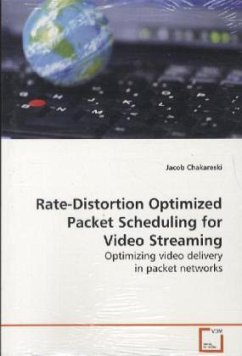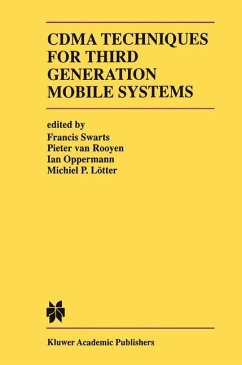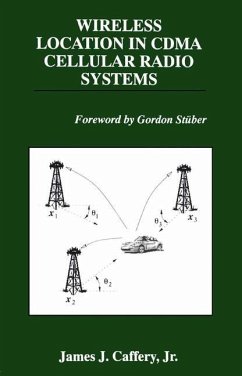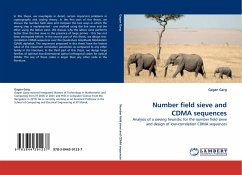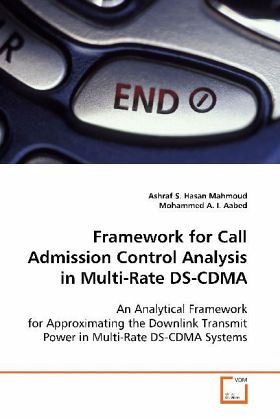
Framework for Call Admission Control Analysis in Multi-Rate DS-CDMA
An Analytical Framework for Approximating the Downlink Transmit Power in Multi-Rate DS-CDMA Systems
Versandkostenfrei!
Versandfertig in 6-10 Tagen
32,99 €
inkl. MwSt.

PAYBACK Punkte
16 °P sammeln!
This book presents a framework for analytically characterizing the downlink transmit power for DS-CDMA multirate systems. The downlink transmit power for DS-CDMA multirate systems serves as one of the most important radio resources utilized in various call admission control algorithms and thus determine the capacity and performance of overall system. This book presents three models for approximating the transmit power probability distribution: the lognormal random variable approximation, the min-max lognormal random variable approximation, and the least-squares cubic fitting. The book also eva...
This book presents a framework for analytically
characterizing the downlink transmit power for DS-
CDMA multirate systems. The downlink transmit power
for DS-CDMA multirate systems serves as one of the
most important radio resources utilized in various
call admission control algorithms and thus determine
the capacity and performance of overall system. This
book presents three models for approximating the
transmit power probability distribution: the
lognormal random variable approximation, the min-max
lognormal random variable approximation, and the
least-squares cubic fitting. The book also evaluates
the appropriateness and accuracy of the suggested
approximations.
characterizing the downlink transmit power for DS-
CDMA multirate systems. The downlink transmit power
for DS-CDMA multirate systems serves as one of the
most important radio resources utilized in various
call admission control algorithms and thus determine
the capacity and performance of overall system. This
book presents three models for approximating the
transmit power probability distribution: the
lognormal random variable approximation, the min-max
lognormal random variable approximation, and the
least-squares cubic fitting. The book also evaluates
the appropriateness and accuracy of the suggested
approximations.




